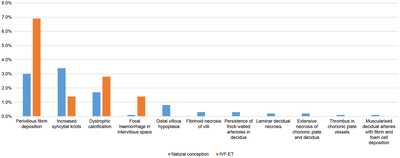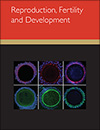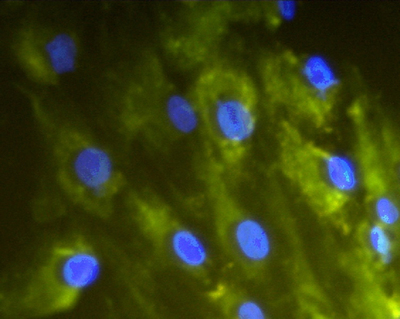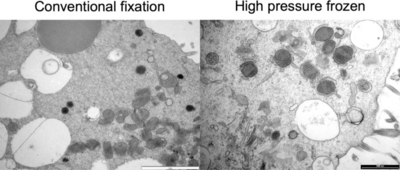Reproduction, Fertility and Development
Volume 34
Number 18 2022
Embryo transfer mechanical procedures might affect the development of implantation defects. In vitro fertilisation (IVF)-ET can cause abnormal placental formation, affecting pregnancy outcomes. In women with preterm birth, placental infarction is independently associated with conception following IVF-ET.
Understanding the physiological change of proteins during early pregnancy may provide a means for accurate pregnancy diagnosis, fetus survival, as well as efficient reproduction management in the pig industry. Global proteomic analysis was performed to compare the serum proteome profiles on days 0, 5, 12, 16, and 19 of gestation in Tibetan pig. The relative expression levels of four differentially expressed proteins were verified with parallel reaction monitoring. This study provides a reference for pregnancy-diagnosis biomarkers screening and confirmation.
The metabolic hormones leptin and obestatin can directly control the release of hormones progesterone, insulin-like growth factor I, oxytocin and prostaglandin F by human ovarian cells. Medicinal plant ginkgo can suppress hormone release by these cells and modify their response to leptin. These substances could be used as novel regulators of human female reproductive processes.
While freezing oocytes (eggs) for use in human fertility treatments is becoming more common, pregnancy and live birth rates are lower for frozen oocytes than fresh ones. We have shown that sheep oocytes frozen with a high pressure freezing method survive and have improved structural preservation than conventional vitrification and fixation methods. This high pressure freezing method may be further developed to improve preservation of frozen oocytes and subsequent live births.









